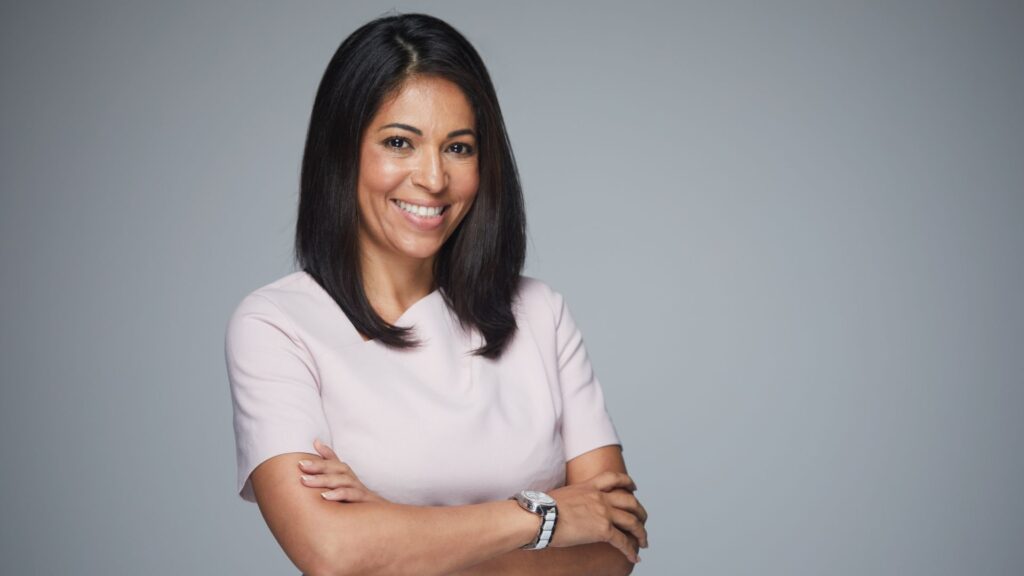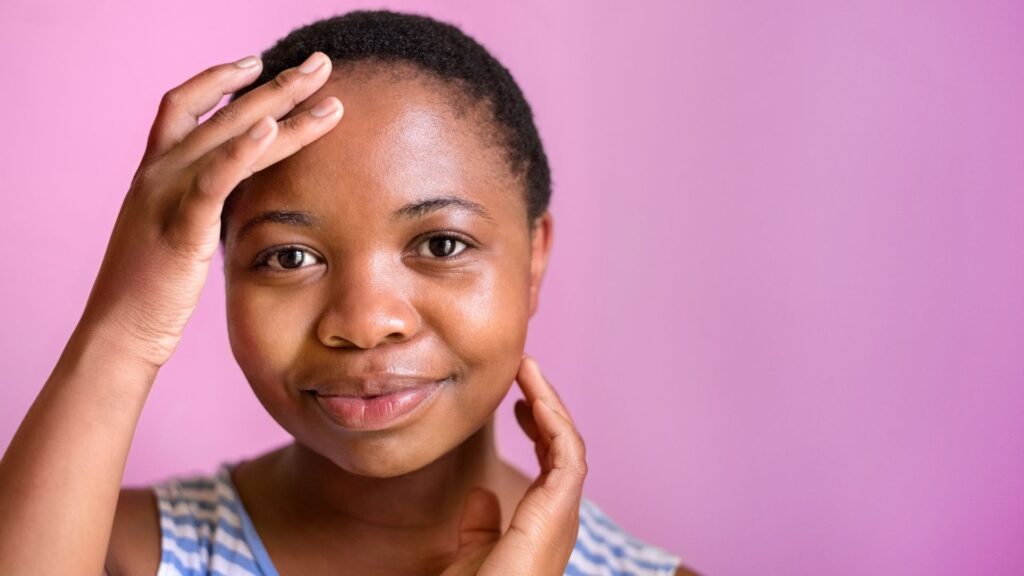Introduction
Understanding the Importance of Professional Headshots
In today’s digital age, professional headshots play a crucial role in personal branding, job applications, and social media presence. A well-crafted headshot not only represents one’s professional identity but also conveys a message of competence and reliability. However, the process of retouching headshots can often lead to common mistakes that diminish the authenticity and effectiveness of the final image. Understanding these pitfalls and knowing how to avoid them is essential for achieving stunning results.
1. Using Excessive Airbrushing
Why Natural Looks Matter in Headshots
One of the most common mistakes in headshot retouching is the excessive use of airbrushing and digital manipulation. While it’s natural to want to present flawless skin, overly smoothing out every imperfection can result in an unrealistic appearance. Clients may end up looking plastic or doll-like, which detracts from the authenticity of the photograph. Instead, focus on enhancing natural features while preserving the individual’s unique characteristics and skin texture.

2. Over-Retouching Skin Imperfections
Balancing Flaws and Realism
Retouching skin imperfections such as acne, wrinkles, or scars is a delicate process. Overdoing it can remove too much texture from the skin, making the person appear artificial. It’s important to find a balance where minor imperfections are softened without completely erasing them. Utilize techniques like frequency separation to adjust tones and textures separately, ensuring a more natural and pleasing result.
3. Incorrect Color Adjustments
The Impact of Color Balance on Skin Tones
Color adjustments are crucial in headshot retouching, especially when it comes to skin tones. Incorrect color balancing can lead to unnatural hues, making the subject look sickly or washed out. Professionals should pay attention to color temperature, ensuring that the skin appears lifelike and vibrant. Using adjustment layers and masks can help target specific areas without affecting the entire image, maintaining a harmonious color balance.
4. Neglecting Eye and Teeth Enhancements
Techniques for Subtle Enhancements
Eyes and teeth are focal points in headshots and should be enhanced subtly to draw attention without appearing artificial. Brightening eyes and whitening teeth can improve the overall appeal of the portrait, but care must be taken not to overdo it. Adjusting brightness and contrast selectively can achieve a natural yet captivating look that enhances the subject’s features without making them look unnaturally bright or edited.
5. Ignoring Background and Lighting Corrections
How Background and Lighting Affect Overall Quality
The background and lighting of a headshot play a significant role in its overall quality. Neglecting to correct distractions in the background or uneven lighting can detract from the subject’s presence. Professionals should ensure that the background is clean and unobtrusive, while lighting should be even and flattering. Post-processing techniques like dodging and burning can help balance lighting and draw focus to the subject effectively.

6. Applying Unrealistic Filters
Choosing Appropriate Filters for Headshots
Filters can add artistic flair to photographs, but applying them indiscriminately to headshots can lead to unrealistic results. Avoid overly dramatic filters or presets that alter skin tones and textures drastically. Instead, opt for subtle filters that enhance the mood of the photograph while maintaining the integrity of the subject’s appearance. Customizing filters based on the individual’s skin tone and the desired aesthetic can yield more authentic and appealing results.
7. Inconsistent Skin Smoothing
Achieving Uniformity Without Losing Texture
Consistency in skin smoothing is crucial for a polished headshot. Inconsistent application of smoothing techniques can result in patches of overly smooth or textured skin, which looks unnatural. Utilize tools like healing brushes and opacity adjustments to blend areas seamlessly while preserving skin texture. Regularly zooming in and out of the image during editing can help maintain perspective and ensure that the smoothing effect is uniform across the entire photograph.
8. Overlooking Clothing and Hair Editing
Tips for Polishing Clothing and Hair
While the focus of a headshot is typically the face, neglecting clothing and hair can detract from the overall professionalism of the image. Pay attention to wrinkles, stray hairs, or lint on clothing, and ensure that hair is neatly groomed and styled. Softening harsh shadows on clothing and enhancing natural highlights in hair can elevate the overall quality of the portrait, presenting a polished and cohesive appearance.
9. Incorrect Cropping and Framing
Best Practices for Composition in Headshots
Proper composition and framing are essential for impactful headshots. Incorrect cropping can result in awkward proportions or cutoffs, diminishing the visual appeal of the photograph. Professionals should adhere to basic composition rules such as the rule of thirds and symmetry to create a balanced and visually pleasing image. Leave adequate space around the subject’s face and shoulders to allow for flexibility in cropping and framing during post-processing.
10. Lack of Attention to Detail
Why Small Details Can Make a Big Difference
Attention to detail can elevate a headshot from good to outstanding. Small details such as stray hairs, reflections in glasses, or minor blemishes can detract from an otherwise flawless portrait. Taking the time to meticulously review and edit these details demonstrates professionalism and care, ensuring that the final image is polished and professional. Encourage clients to provide feedback during the editing process to address any specific concerns or preferences.
11. Using Low-Quality Editing Software
Importance of Professional Editing Tools
The quality of editing software directly impacts the final outcome of a headshot. Using low-quality or outdated software may limit the tools and capabilities available for retouching and enhancing photographs. Investing in professional-grade editing software provides access to advanced features like non-destructive editing, color management, and precise retouching tools. This allows for greater control and flexibility in achieving high-quality results that meet professional standards.

12. Failing to Communicate with Clients
How Communication Affects Final Results
Effective communication with clients is essential throughout the headshot retouching process. Understanding their expectations, preferences, and intended use for the photographs ensures that the final results align with their vision. Regular updates, feedback sessions, and clear communication of timelines and deliverables help build trust and ensure client satisfaction. Encourage clients to provide reference images or mood boards to convey their desired aesthetic, facilitating a collaborative approach to editing.
13. Not Following Trends Responsibly
Incorporating Trends Without Overdoing It
Trends in headshot photography and retouching can influence editing styles and techniques. However, it’s important to incorporate trends responsibly to avoid dating the photographs or making them appear overly stylized. Choose timeless editing techniques that enhance rather than overpower the subject’s natural features. Experimenting with subtle trends can add a contemporary touch to headshots while ensuring they remain relevant and timeless for years to come.
14. Rushing the Editing Process
Importance of Patience and Iteration
Rushing through the editing process can compromise the quality of headshots. Taking the time to refine edits, review changes, and make adjustments ensures that each photograph meets professional standards. Allow for multiple editing sessions to fine-tune details and achieve the desired results gradually. Patience and iteration are key to producing polished headshots that reflect the professionalism and attention to detail expected in professional photography.
15. Skipping Final Quality Checks
Final Steps to Ensure a Flawless Headshot
Before finalizing headshots, conducting thorough quality checks is essential to identify any overlooked flaws or inconsistencies. Review the image at full resolution, zooming in to inspect details such as skin texture, color accuracy, and overall composition. Test the photograph across different devices and viewing environments to ensure it maintains its quality and integrity. Solicit feedback from colleagues or trusted individuals to gain fresh perspectives and identify areas for improvement before delivering the final product.
Conclusion
Creating Stunning Headshots: Balance and Precision
In conclusion, avoiding common mistakes in headshot retouching requires a balance of technical expertise and artistic sensibility. By understanding the pitfalls such as excessive airbrushing, over-retouching skin imperfections, and neglecting background corrections, professionals can enhance the authenticity and appeal of headshots. Incorporating best practices in color adjustments, eye and teeth enhancements, and detailed quality checks ensures that each headshot captures the individual’s unique qualities while meeting professional standards. With patience, communication, and a commitment to excellence, photographers and retouchers can consistently deliver stunning headshots that leave a lasting impression.






